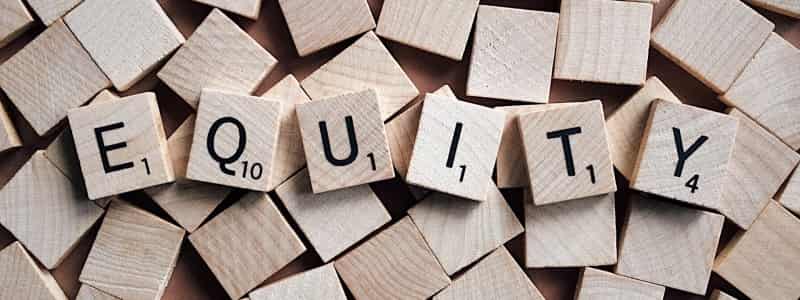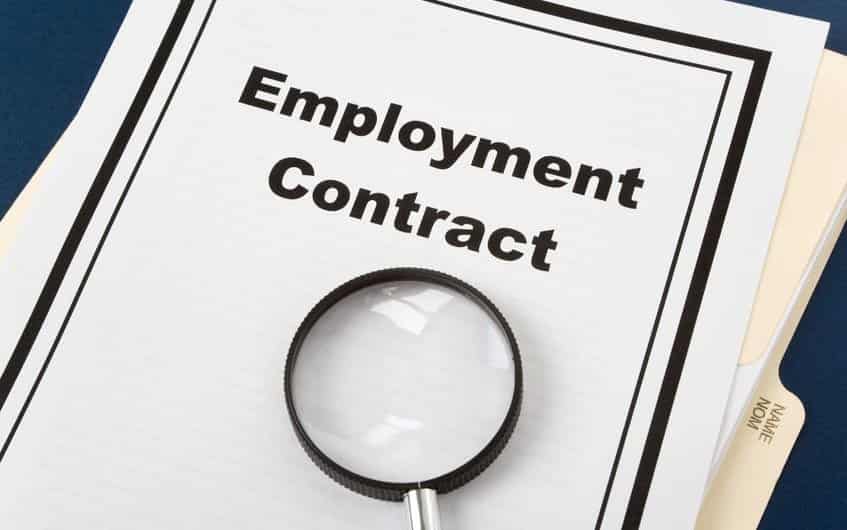A notice of motion is a written application to the Court. This document requests the Court to issue a ruling or order on a legal matter. These motions are the first step a party must take before the Court can weigh in on a legal matter. Their purpose is usually to resolve procedural issues, provide mediation or seek judicial direction in a case.
In this article, we’ll discuss the elements of a notice of motion and what it does.
Table of Contents
Content
The Uniform Civil Procedure Rules lay out the contents and procedure of what you must include in your notice of motion. A notice of motion for an order must:
- Identify the person who is seeking the order;
- If the person is not a party to the proceedings, identify the address for where the motion will be served;
- Identify who the order will affect;
- Concisely identify the purpose of the order; and
- Explicitly propose the costs claimed in the notice of motion.
Purpose
The purpose of using a notice of motion is usually to clarify or seek direction on matters in dispute. They can also be used to ask for mediation or adjournment of a hearing. A notice of motion will also express when and where the Court will hear the motion. Once the notice of motion is brought before the Court, you must serve the motion at least 3 days before the hearing date. Service must be done personally if the person is not a party to the proceedings or is not an active party to the proceedings. Importantly, if the service of the notice of motion is correctly served, the Court may hear and dispose of the motion in the absence of the party in failure to appear at the required date.
Additionally, a notice of motion requires the filing of an affidavit, outlining the facts you wish to rely on and identifying any relevant documents in regards to the order. File an affidavit in conjunction with a notice of motion unless the Court explicitly dictates otherwise. This also forces the opposing party to file an affidavit in response.
A party to the proceedings may lodge a notice of motion at any time. A common example is where parties seek a mediator to settle the dispute themselves. The Courts encourage self-resolution to save time and money by ordering a private or court-appointed mediator at no cost.

Get a free legal document when you sign up to Lawpath
Sign up for one of our legal plans or get started for free today.
Conclusion
When your case has commenced, a notice of motion is your primary way of getting an order made on an issue in the proceedings. A notice of motion is not a final order on the case, but an interim one.
Make sure you adhere to the requirements laid out in the Uniform Civil Procedure Rules and it would be advised to seek legal advice before filing your notice of motion to assess your issues and possible outcomes.



